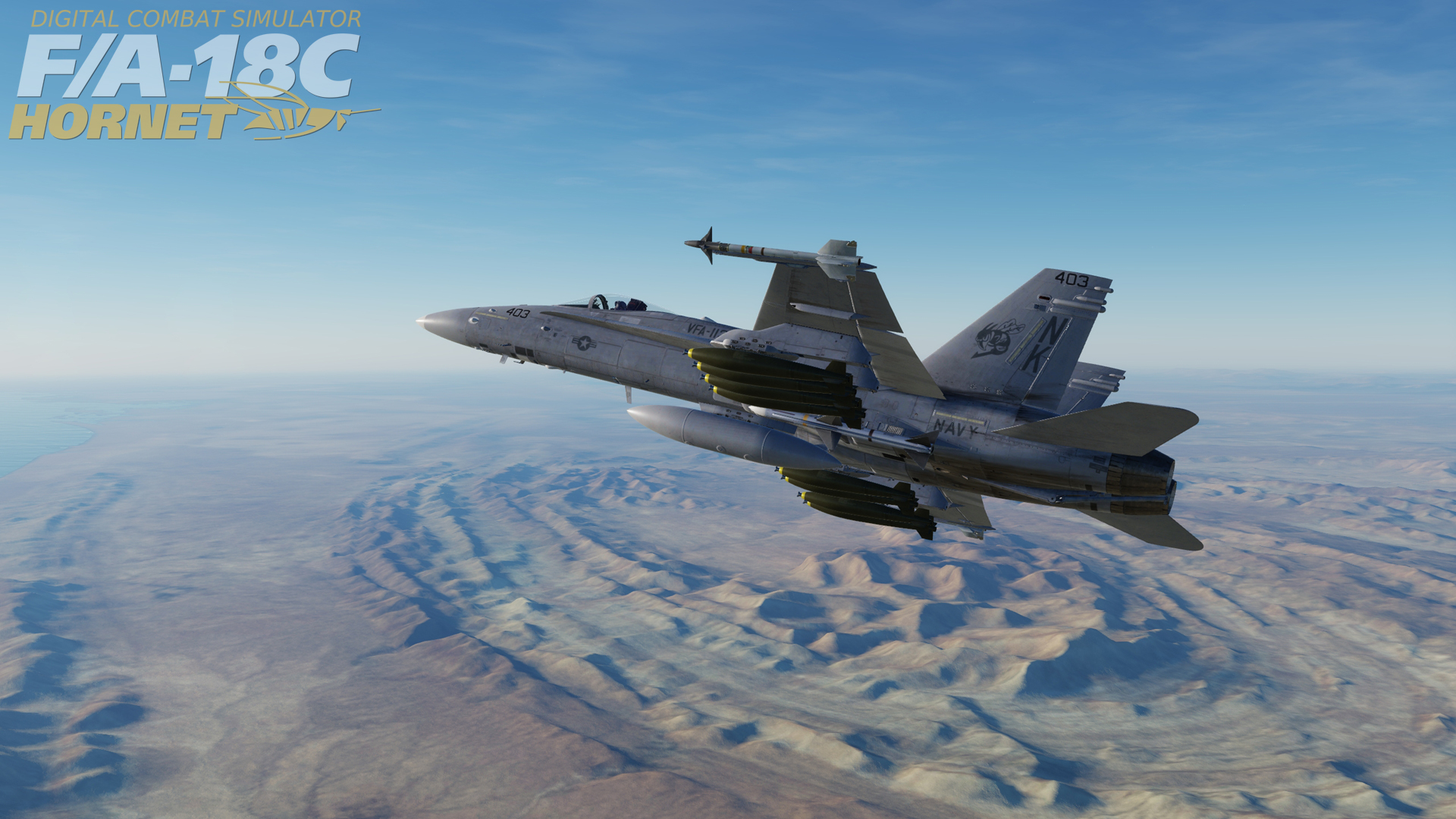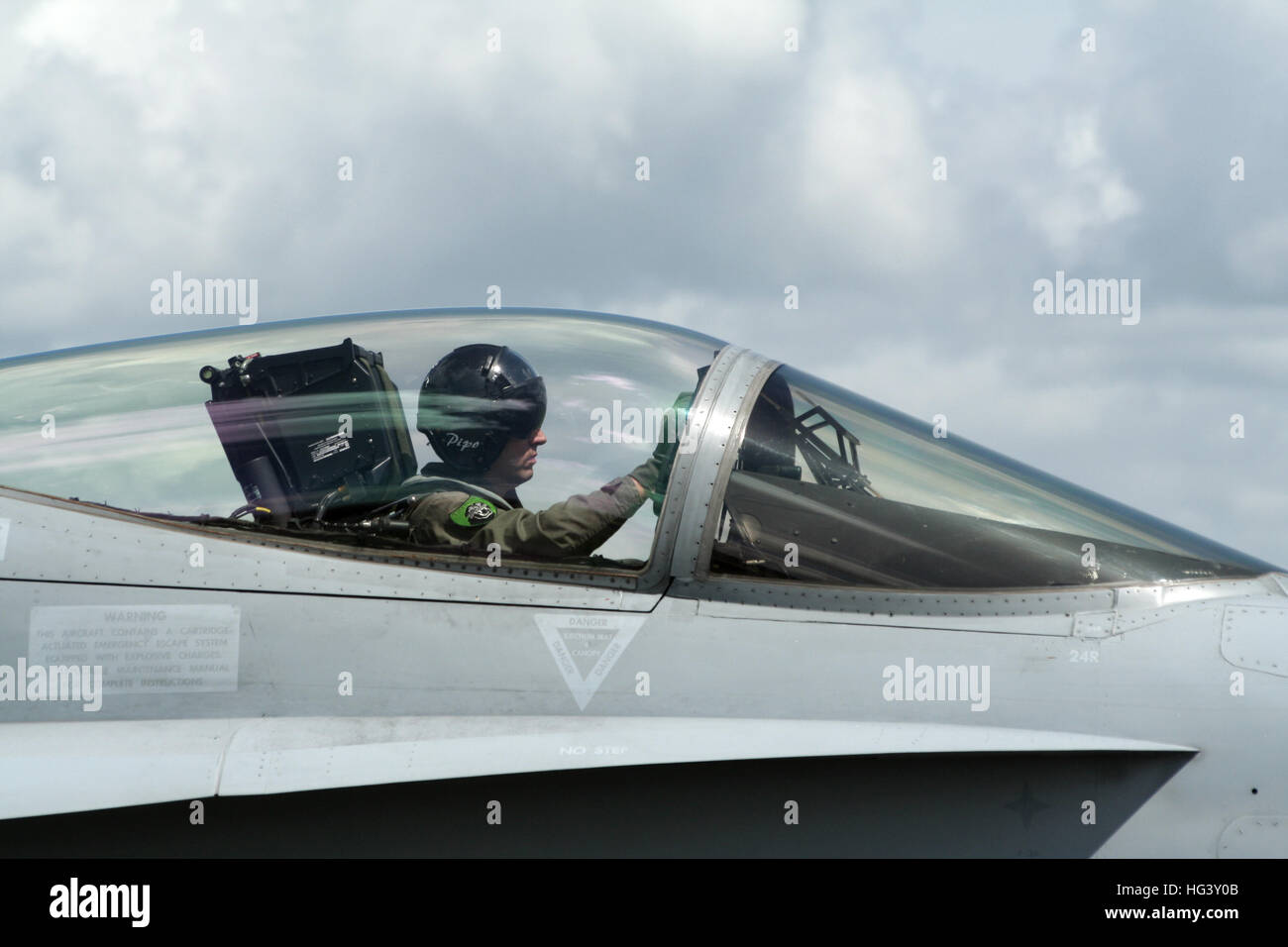

Since the Gulf War, the Hornet has been a vital piece of the USN/USMC inventory and has seen action in every conflict or operation since then. All told, Hornets flew a total of 4,551 sorties in the Gulf War. The Hornet took its first combat losses in the Gulf War as well in total, 10 received battle damage, which included 3 losses (two to ground fire and one very likely to an Iraqi MiG-25). Notably, the two F/A-18s credited with the kills went on to resume their strike mission and dropped their four Mk-84s (2,000lbs unguided bombs), living up to their multi-role moniker. It was during the Gulf War when the Hornet was credited with its first A/A kills: two Iraqi MiG-21s, shot down by AIM-9 and AIM-7 missiles. Marine Corps (USMC) aircraft that were shore-based. It again saw action during the Gulf War of 1991, as there were 106 in theater with the U.S. It first saw combat in 1986 over the skies of Libya with numerous Hornets performing suppression of enemy air defense (SEAD) strikes and conventional A/G attack missions. The Hornet entered service in 1978, replacing the A-4, A-7, and F-4 aircraft. This includes a fly-by-wire Flight Control System (FCS), which largely reduces the pilot workload in actual flying. The F/A-18's modern avionic system is designed for highly efficient single-crew operation of these weapons and the aircraft subsystems. The F/A-18 carries a wide array of both precision and conventional "dumb" bombs, A/A and A/G missiles, A/G rockets, and is supplemented with an internal 20mm gun mounted in the nose for both A/A and A/G application.

Its avionic system is optimized for efficient single-crew operation of its many subsystems. The Hornet is designed to be equally capable in both the air-to-air (A/A) and air-to-ground (A/G) arenas.


Its equipment includes the APG-73 Radar, APX-111 Combined Interrogator/Transponder (CIT), ASQ-228 Advanced Targeting FLIR (ATFLIR), and Link 16 datalink networking capability through a Multifunction Information Distribution System (MIDS) terminal. It is fitted with the F404-GE-402 enhanced performance engines, which are the more powerful engines that replaced the original F404-GE-400 model. The F/A-18C modeled in DCS represents an U.S. The airframe is capable of sharp angles of attack, high G turns (peaking at 7.5G), and supersonic speeds, nearing around Mach 1.8 with afterburner in optimal flight conditions. Designed by McDonnell Douglas (now Boeing) and Northrop in the 1970s, it is the only aircraft in the US inventory to carry both the fighter and attack designation (the "F/A" part of the name). The F/A-18C Hornet is a twin-engine, multi-role, carrier-capable fighter aircraft.


 0 kommentar(er)
0 kommentar(er)
